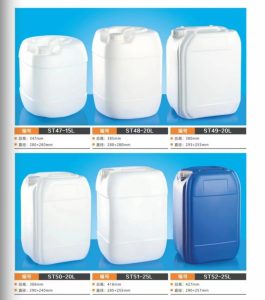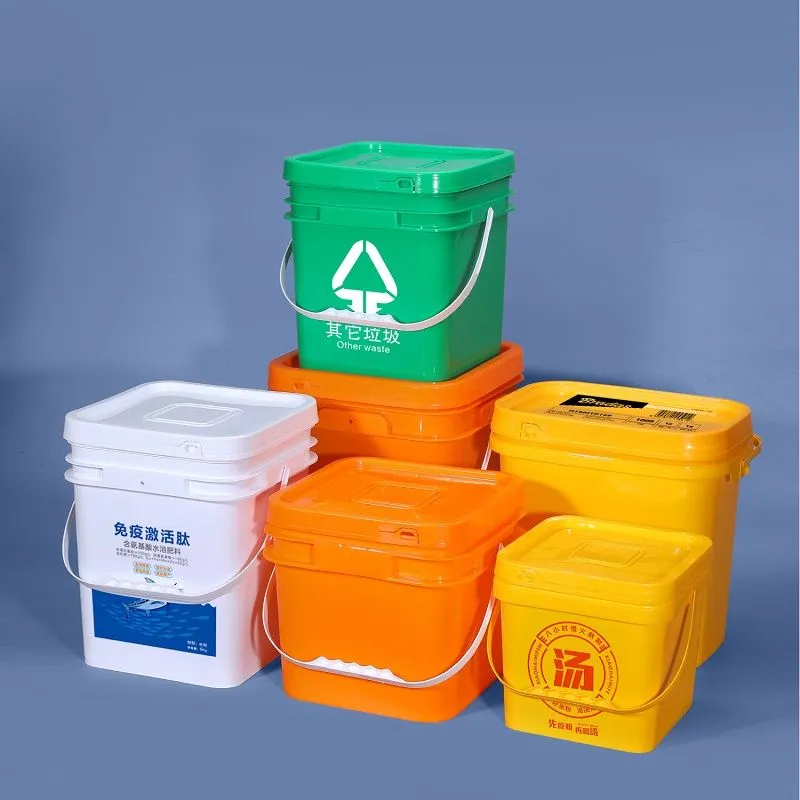Manufacturing hand sanitizer bottles usually involves the following main processes:
Injection Molding: Injection molding is the most common process for manufacturing plastic bottles. First, the selected plastic raw material is heated and melted, and then injected into the mold through an injection machine. After cooling and solidification, the shape of the plastic bottle is obtained.
Bottle mouth molding: During the injection molding process, the bottle mouth part can be manufactured at the same time. Bottle mouths usually require certain sealing properties and opening methods, such as threaded caps, flip caps or pressure caps. The structure of the bottle mouth can be formed through special molds and processes.
Printing and Logo: Once the plastic bottle is formed, logos, trademarks, product information and other necessary information can be added through a printing process. Common printing methods include screen printing, thermal transfer printing, and label attachment.
Painting and Assembly: Certain hand sanitizer bottles may require specific colors or coating effects. At this time, a spraying process can be used to apply the desired color or coating on the surface of the plastic bottle. Accessories such as caps, pump heads or sprayers can then be attached to the bottle mouth.
Quality inspection: Quality inspection is an important link in the entire manufacturing process. By checking the size, appearance, sealing of the bottle cap, etc. of the plastic bottle, we ensure that the product meets relevant quality standards and requirements.
It should be noted that the above is the main process for manufacturing hand sanitizer bottles in general. The specific process flow may vary depending on the manufacturer, product design and requirements. In addition, relevant safety, hygiene and environmental protection requirements must be followed to ensure that the production process meets standards and provide safe and reliable products.




